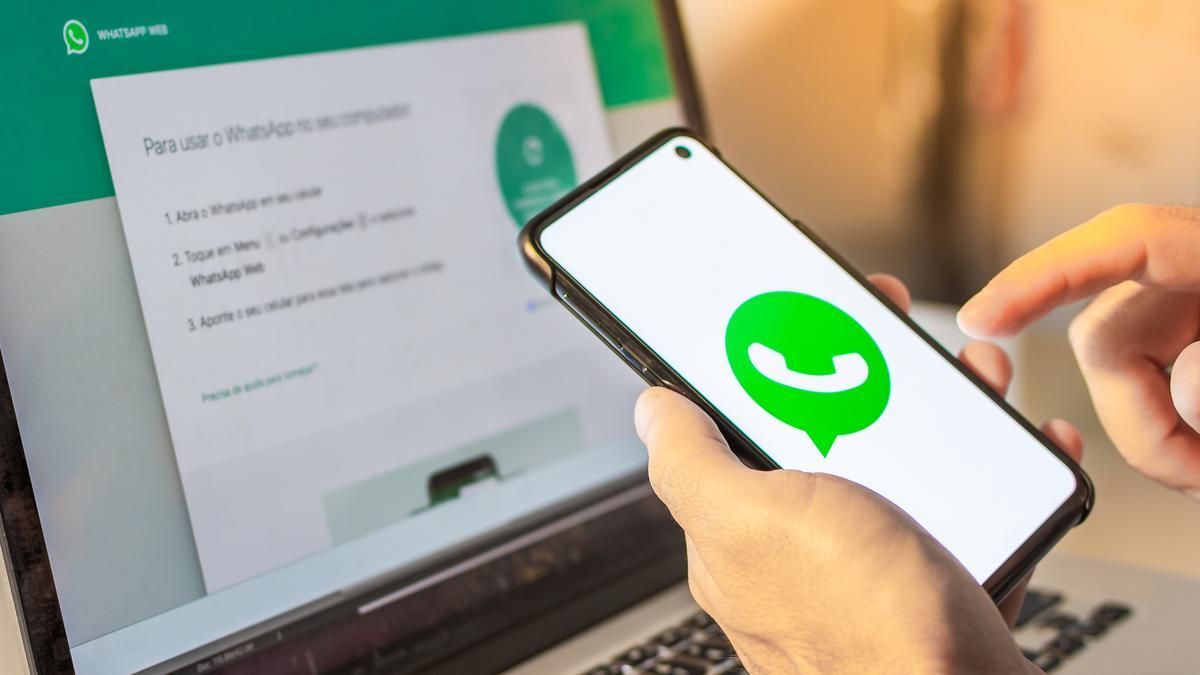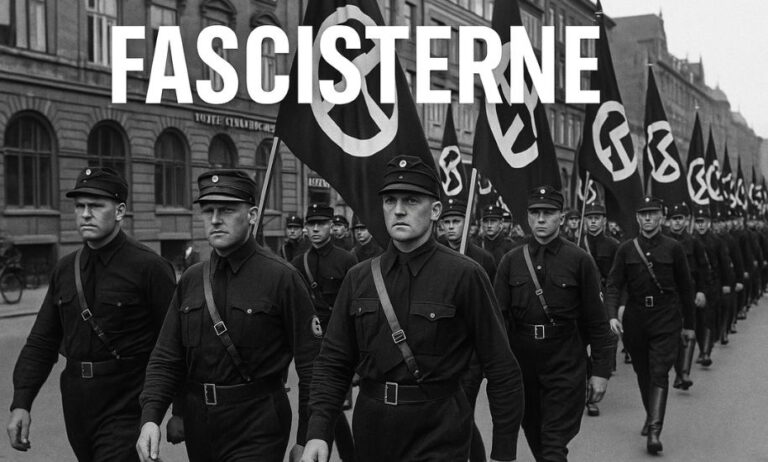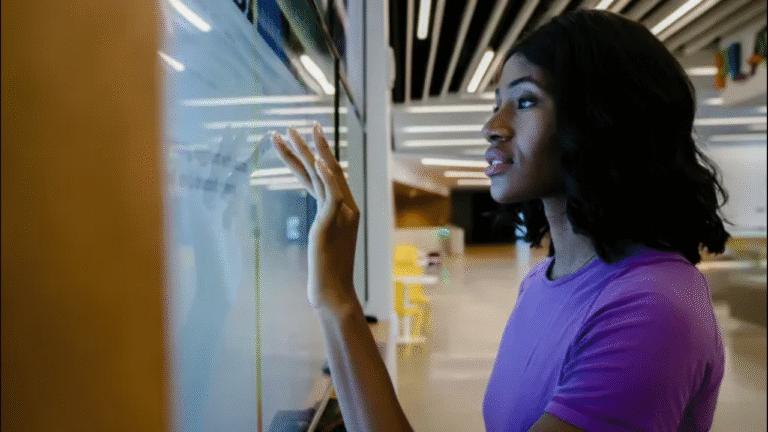Why WhatsApp Channels Are Exploding in India – Everything You Need to Know
WhatsApp has always been India’s favorite messaging app, with over 500 million active users. But recently, there’s been a new buzz—WhatsApp Channels. Since their rollout, these channels have quickly gained popularity across the country, drawing in brands, influencers, media houses, celebrities, and even government organizations. So what exactly are WhatsApp Channels, and why are they taking India by storm?
In this article, we’ll break down everything you need to know about WhatsApp Channels, how they work, who’s using them, and why they matter right now.
What Are WhatsApp Channels?
WhatsApp Channels are a one-way broadcast tool that lets admins send updates to a large number of followers. Unlike traditional WhatsApp groups, followers can’t reply in the channel, making it more like a social broadcast feed rather than a conversation space.
Meta (formerly Facebook), which owns WhatsApp, introduced Channels to provide a more organized, non-intrusive way for individuals and organizations to share updates with large audiences. These updates can include text, images, videos, stickers, links, and polls.
WhatsApp Channels are found under the “Updates” tab, separate from your personal and group chats. Users can search for channels of interest and follow them, just like they might follow a page on Facebook or a handle on Instagram.
Why Are WhatsApp Channels Becoming So Popular in India?
India is one of the largest and fastest-growing digital markets in the world. With the country’s deep smartphone penetration, affordable internet, and reliance on mobile-first platforms, WhatsApp is already a daily-use app for millions. Introducing a social-style feature within it was bound to gain attention.
Here are the key reasons behind the explosive growth:
1. Familiar Interface with New Power
WhatsApp Channels are embedded into an app Indians already use daily. There’s no learning curve. People don’t have to download a new app or learn a new platform. The interface is clean, and switching from chats to updates is seamless. This makes adoption effortless.
2. A Platform for Everyone – Not Just Celebrities
From cricket teams and actors to local news outlets and spiritual gurus, everyone is creating a WhatsApp Channel. Even local government bodies and public service departments are using channels to issue real-time updates. This democratization of communication means that even smaller creators and entrepreneurs can now build a loyal following.
3. Privacy-First Design
Unlike other social media platforms, WhatsApp Channels don’t reveal your phone number or profile photo to other followers. Only the admins can see who follows the channel. This design aligns with WhatsApp’s core privacy principles and appeals to Indian users who are increasingly aware of data safety.
4. No Algorithm – Just Chronological Updates
One of the biggest frustrations with platforms like Instagram, Twitter, or Facebook is their algorithm. Posts don’t always show up in the order they’re posted. With WhatsApp Channels, updates appear chronologically. This gives followers confidence that they’re seeing timely and complete information.
5. Notifications Are Optional
Followers don’t get pinged for every update, unless they turn on notifications. This makes it non-intrusive, unlike groups where conversations often generate dozens of alerts. People can check in when they want, rather than being constantly interrupted.
How Businesses and Creators Are Using WhatsApp Channels
The use-cases are already incredibly diverse. Here are some examples of how different types of users are leveraging this tool:
Brands
E-commerce platforms, food delivery apps, and retail brands are using channels to post product updates, offers, flash sales, and more. Since messages appear directly in WhatsApp, engagement is high.
News Outlets
Media houses like India Today, The Times of India, and NDTV are among the early adopters. They use channels to share real-time news, breaking headlines, and even short videos.
Celebrities and Influencers
Bollywood stars, cricketers, and digital creators are using channels to share exclusive behind-the-scenes content, promotions, and connect with fans on a more personal level.
Government and Public Services
State governments, city police departments, and ministries are using channels to broadcast public service announcements, traffic alerts, and emergency updates.
Local Shops and Educators
Even small coaching centers, tuition teachers, and kirana stores are jumping in. By creating a channel, they can directly reach their audience without having to manage active groups.
How to Create and Manage a WhatsApp Channel
If you’re looking to get started, here’s a simple step-by-step guide:
- Go to the “Updates” tab in your WhatsApp.
- Tap the “+” icon next to Channels.
- Create Channel, and follow the prompts to add a name, description, and optional image.
- Start posting updates including text, images, links, or videos.
You can manage your posts, edit or delete them, and see basic metrics like the number of followers and views per update.
Potential for Monetization
While WhatsApp Channels are still in their early stages, there is growing speculation that Meta may introduce monetization features soon. These could include:
- Sponsored posts
- Brand collaborations
- Paid subscriptions for exclusive content
- Ad-based revenue models (similar to Instagram or Facebook)
Given the level of early engagement, this could become a valuable revenue channel for creators and businesses alike.
Challenges and Criticisms
No platform is without its downsides. Here are a few concerns that have surfaced:
- Spam and low-quality content: As more people create channels, the risk of clutter increases.
- No comment feature: While this is great for avoiding spam, it also limits direct interaction between the admin and followers.
- No analytics depth yet: Channel admins currently have limited insights into engagement and audience demographics.
- Discoverability is still limited: Unless you know exactly what you’re looking for, it can be hard to discover smaller or newer channels.
However, most users see these as minor issues that will likely be addressed in future updates.
What’s Next for WhatsApp Channels?
Meta is reportedly working on new features for Channels, including:
- Reactions on posts
- Search filters by topic or interest
- Better analytics tools for admins
- Integration with Facebook and Instagram for cross-promotion
As these improvements roll out, we can expect even more rapid adoption, especially in a digitally active country like India.
Final Thoughts
WhatsApp Channels are not just a passing trend—they’re shaping up to be a new pillar in India’s digital communication landscape. With high reach, simplicity, privacy, and trust, they fill a gap left by overcrowded social platforms. Whether you’re a user looking to stay updated or a creator wanting to grow an audience, now is the time to explore what Channels have to offer.
India’s early and enthusiastic adoption of WhatsApp Channels proves once again that when it comes to digital innovation, the country is not just catching up—it’s leading the way.






